Tricolor Jasmine, Trachelospermum Asiaticum – Rare
Original price was: ₹669.00.₹249.00Current price is: ₹249.00.
24 in stock
Size: Single plant | 4″ Pot Included
Tricolor Jasmine is a common name for a variegated cultivar of Trachelospermum asiaticum, often referred to as Trachelospermum asiaticum ‘Tricolor’ or sometimes Trachelospermum jasminoides ‘Tricolor’ (though the latter is technically another species). Therefore, when discussing the care of Tricolor Jasmine, you’re essentially asking about the care of a specific variety of Trachelospermum asiaticum.
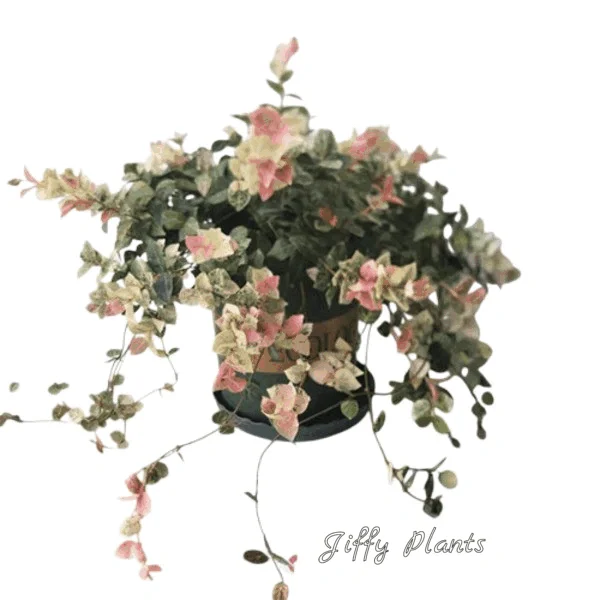
Here’s a guide to caring for your Tricolor Jasmine (Trachelospermum asiaticum Tricolor ):
1. Light:
- Outdoors: Tricolor Jasmine thrives in full sun to partial shade. For the most vibrant foliage colors (the pink, white, and green variegation), aim for at least 4-6 hours of direct sunlight daily. However, in hot Indian climates, some afternoon shade can protect the leaves from scorching, especially when the plant is young.
- Indoors: If grown in a container indoors, place it near a south- or west-facing window where it can receive bright, indirect light. Insufficient light can lead to less vibrant foliage and reduced flowering.
2. Watering:
- Water regularly, especially during the first year to help the plant establish a strong root system.
- Once established, it becomes more drought-tolerant, but it’s best to water when the top inch of soil feels dry to the touch.
- During hot and dry periods, more frequent watering may be necessary.
- Avoid overwatering and waterlogged conditions, as this can lead to root rot. Ensure the pot has good drainage holes.
3. Soil:
- Tricolor Jasmine prefers well-draining soil that is also fertile.
- A mix of garden soil, compost, and a little sand or perlite can provide good drainage and nutrients.
- For containers, use a well-draining potting mix amended with organic matter like peat moss or compost.
- The ideal soil pH is slightly acidic to neutral (around 6.0-7.0).

4. Temperature and Humidity:
- The ideal temperature range is between 18-29°C (65-85°F).
- It can tolerate warmer temperatures but may require more frequent watering.
- Protect the plant from temperatures below 10°C (50°F). While some sources mention cold hardiness down to -12°C to -15°C, young plants and container-grown plants are more susceptible to cold damage, especially in regions with severe or prolonged frost. In India, particularly in northern regions during winter, providing some protection might be beneficial.
- Tricolor Jasmine prefers moderate to high humidity. If the air is dry, especially indoors, you can increase humidity by:
- Misting the plant regularly.
- Placing the pot on a pebble tray filled with water (ensure the bottom of the pot is above the water line).
- Using a humidifier.
5. Fertilizing:
- In the garden, established plants in reasonably fertile soil may not need regular fertilization.
- For container-grown plants or to encourage more vigorous growth and flowering, fertilize once a month during the growing season (spring and summer) with a balanced liquid fertilizer diluted to half strength.
- Avoid over-fertilizing, as this can burn the roots.
- Some sources recommend a slow-release fertilizer in the spring.
6. Pruning:
- Prune in early spring to maintain shape, size, and encourage bushier growth.
- Regular light pruning (once or twice a year) can help keep the plant compact and tidy, especially if used as a ground cover or in containers.
- You can also prune to remove any dead or damaged stems.
- After flowering, you can shorten the shoots by about one-third.
7. Propagation:
- Tricolor Jasmine can be propagated by semi-ripe cuttings in summer with bottom heat or by layering in autumn.
8. Pests and Diseases:
- May be susceptible to common pests like aphids, mealybugs, and spider mites. Inspect your plant regularly and treat any infestations promptly with insecticidal soap or neem oil.
- Can occasionally be susceptible to fungal diseases like honey fungus and aerial blight. Ensure good air circulation and avoid overwatering to help prevent these issues.
9. Uses:
- Ground cover: Its spreading habit makes it an excellent ground cover, adding color and suppressing weeds. Space plants appropriately (refer to specific variety recommendations for spacing).
- Containers: The colorful foliage makes it a great choice for pots and hanging baskets, adding visual interest to patios and balconies.
- Borders: Can be used as a low border plant.
- Climber: While a slow climber compared to some other Jasmines, it can be trained to grow on trellises or walls, especially in warmer climates. Provide support for climbing.
- Hedges and screens: Can be trained as a short hedge.
Important Considerations for India:
- Summer Heat: Provide some afternoon shade during the peak summer months, especially for young plants and those in very sunny locations, to prevent leaf scorch. Ensure adequate watering during this time.
- Monsoon: Ensure the soil and containers have excellent drainage to prevent waterlogging during the rainy season.
- Winter: In colder parts of India, consider providing some protection from frost, especially for container plants. You might need to move them to a more sheltered location.

By following these care tips, your Tricolor Jasmine should thrive and provide you with its beautiful variegated foliage and fragrant flowers (though flowering may be less frequent than in standard Trachelospermum jasminoides). Remember to observe your plant and adjust your care routine based on its specific needs and your local climate.
Only logged in customers who have purchased this product may leave a review.

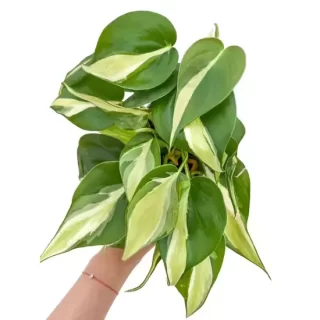

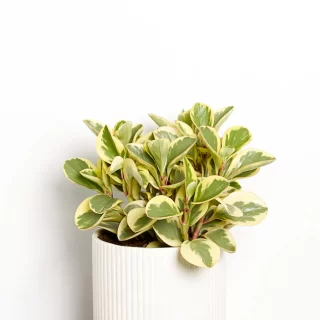

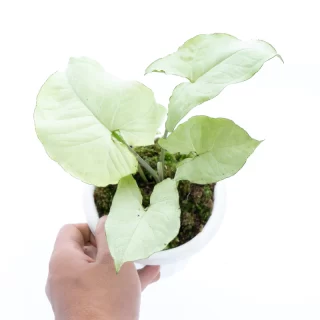
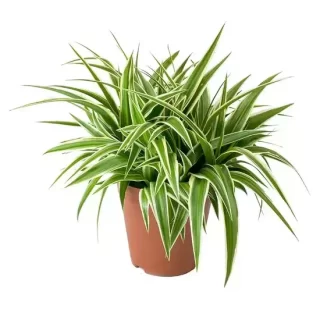
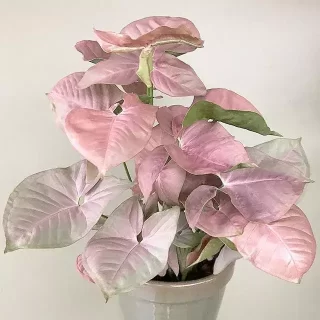
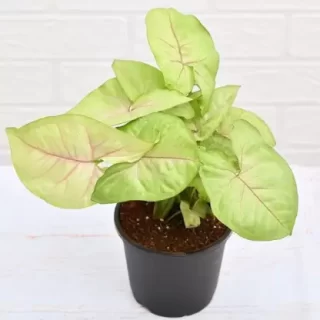
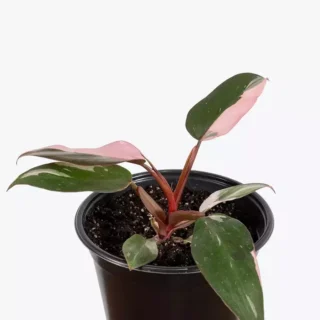
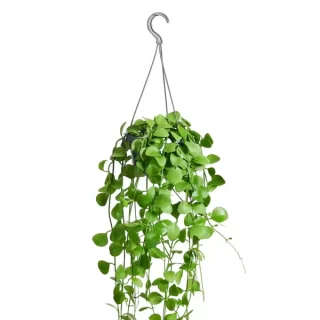
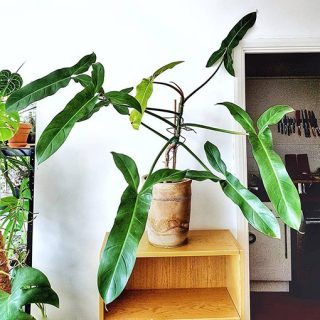
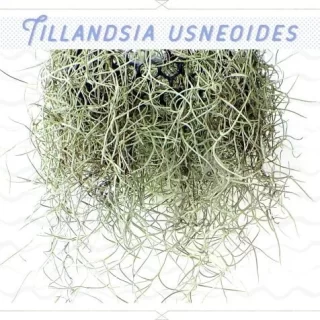
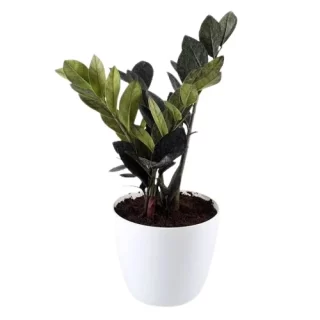
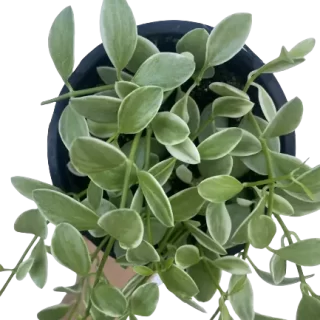
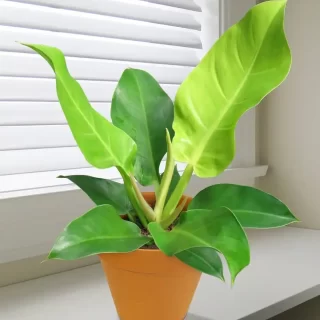
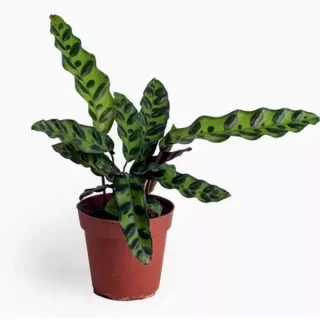
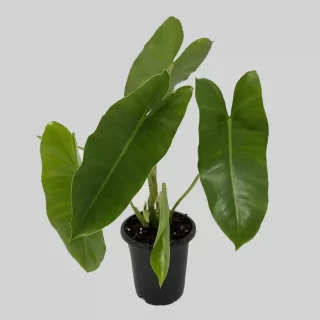
 If you need any assistance, I'm always here. Have you found what you were looking for?
If you need any assistance, I'm always here. Have you found what you were looking for?
Reviews
There are no reviews yet.